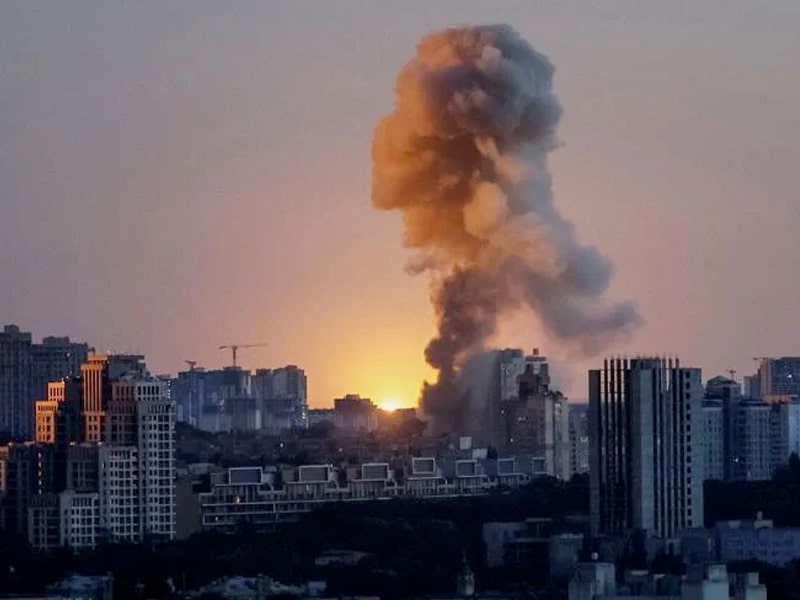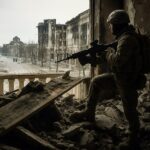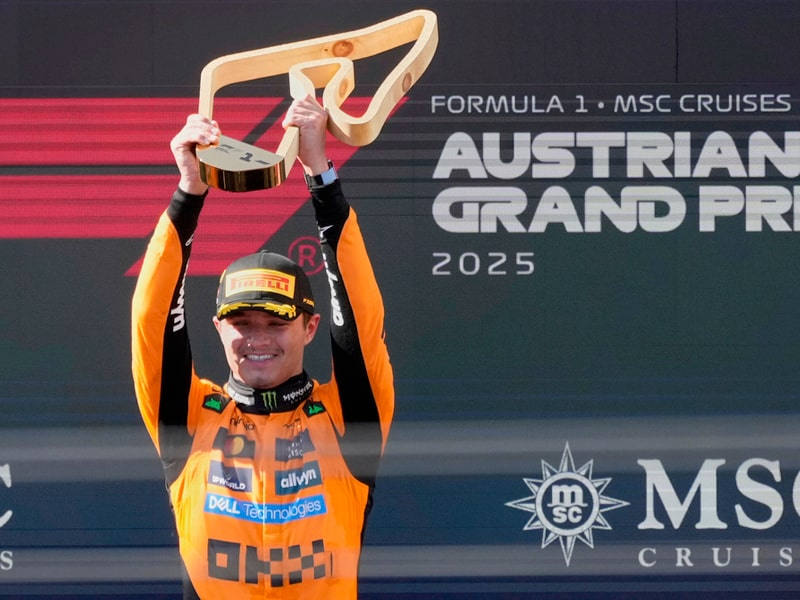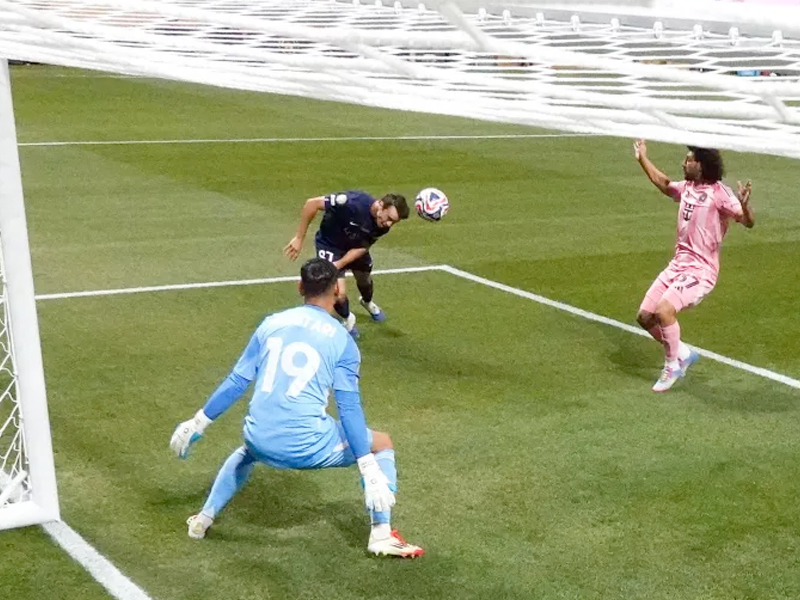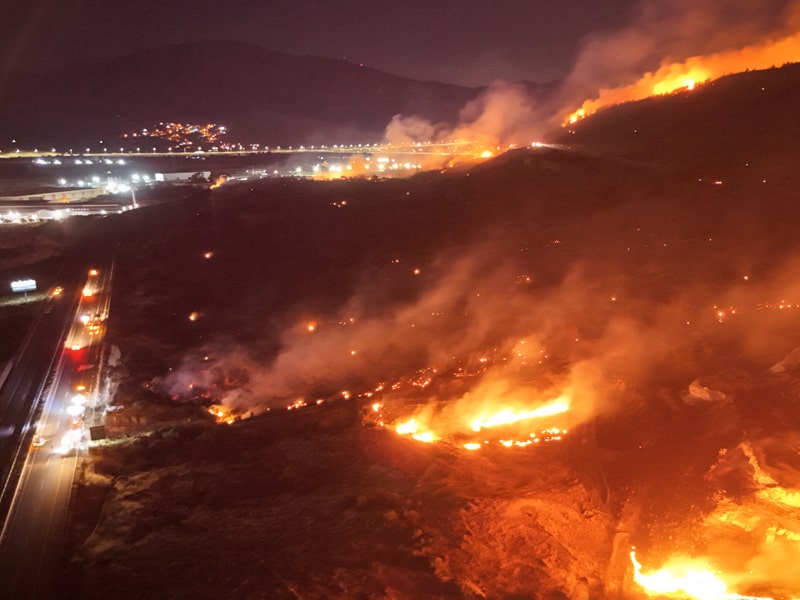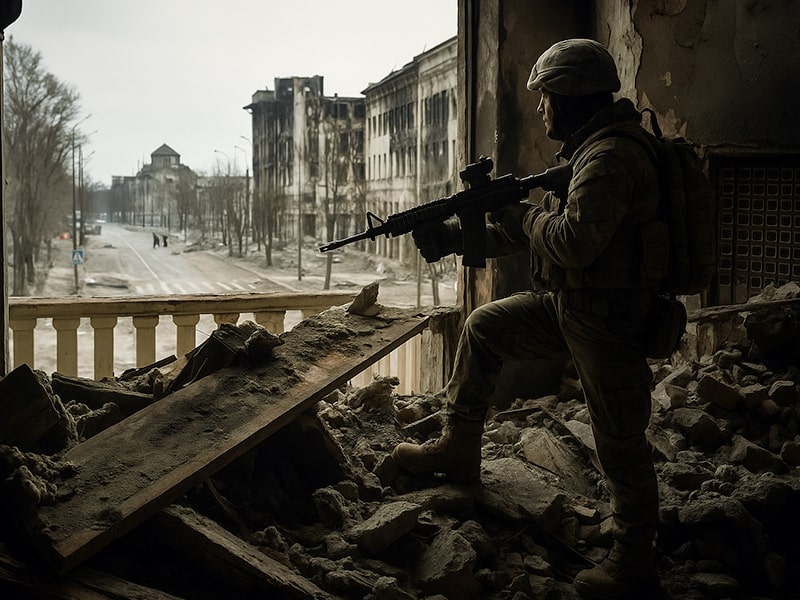Russia’s Summer Offensive Falters, But Drone War Escalates Over Ukraine
Russia’s much-anticipated summer offensive in Ukraine has so far failed to deliver major breakthroughs, despite fierce fighting and troop surges across the eastern frontlines. While Russian forces have seized some territory near Donetsk, their broader strategy is increasingly defined by attritional warfare and mass drone deployment.
Ukrainian Commander-in-Chief Oleksandr Syrskyi said Russian troop numbers around Pokrovsk in Donetsk have risen to 111,000 — up from 70,000 last December — resulting in near-constant clashes. He claimed that Russia’s infiltration of Sumy was halted, a point echoed by the Institute for the Study of War, which reported slowed Russian progress in the north.
Still, Russian infantry assaults are gaining ground elsewhere. On the Donetsk-Dnipropetrovsk border, Moscow claims to have taken control of Zirka. Ukrainian analyst group DeepState warned of deteriorating defenses in the area.
Despite these mixed results, Russian President Vladimir Putin remains resolute. “All of Ukraine is ours,” he said last week, reaffirming his imperial narrative.
Drone War Intensifies Across the Frontlines
The most transformative element of the conflict is the drone warfare. Ukraine has launched deep attacks using truck-mounted drones, including a strike that took out a dozen Russian bombers. Meanwhile, Russia’s use of Shahed drones — up to 500 per night — is designed to overwhelm Ukraine’s air defenses.
President Volodymyr Zelensky said Russia launched 477 drones and 60 missiles in one night alone, targeting civilian infrastructure. Defense Minister Rustem Umerov reported that Russia is producing nearly 200 Shahed drones daily and has used over 23,000 kamikaze drones on the frontlines within a week.
Zelensky reiterated his calls for more Patriot missile systems, suggesting Ukraine is willing to purchase them directly or through funds from the US-Ukrainian minerals deal.
Economic Pressure Builds on Moscow
Even as Russia sustains military pressure, its economy is under growing stress. Rostec, the massive state defense conglomerate, claimed revenues of $46 billion last year, but funding the war is taking a toll. Military spending now accounts for over 40% of public expenditures and 6% of GDP.
Economic Development Minister Maksim Reshetnikov warned that Russia may be “on the brink of recession,” a claim challenged by Central Bank chief Elvira Nabiullina, who nevertheless acknowledged that financial buffers are depleted.
Putin admitted that economic growth would slow in 2025 due to inflation and military demands but emphasized that stagnation must not be allowed.
Long War Outlook
Despite mounting casualties and economic strain, Russia maintains the upper hand in terms of manpower and industrial scale. With more than half a million troops in or near Ukraine, Russia can still field a larger army than Kyiv.
Putin remains focused on securing more territory, telling officials last week:
“We have a saying … where the foot of a Russian soldier steps, that is ours.”
Ukraine, however, is adapting. It’s increasing domestic drone production — aiming for over four million battlefield drones this year — and shifting to smaller, camouflaged defenses.
As ceasefire talks stall and both sides escalate their military innovation, the war shows no sign of ending in 2025.



